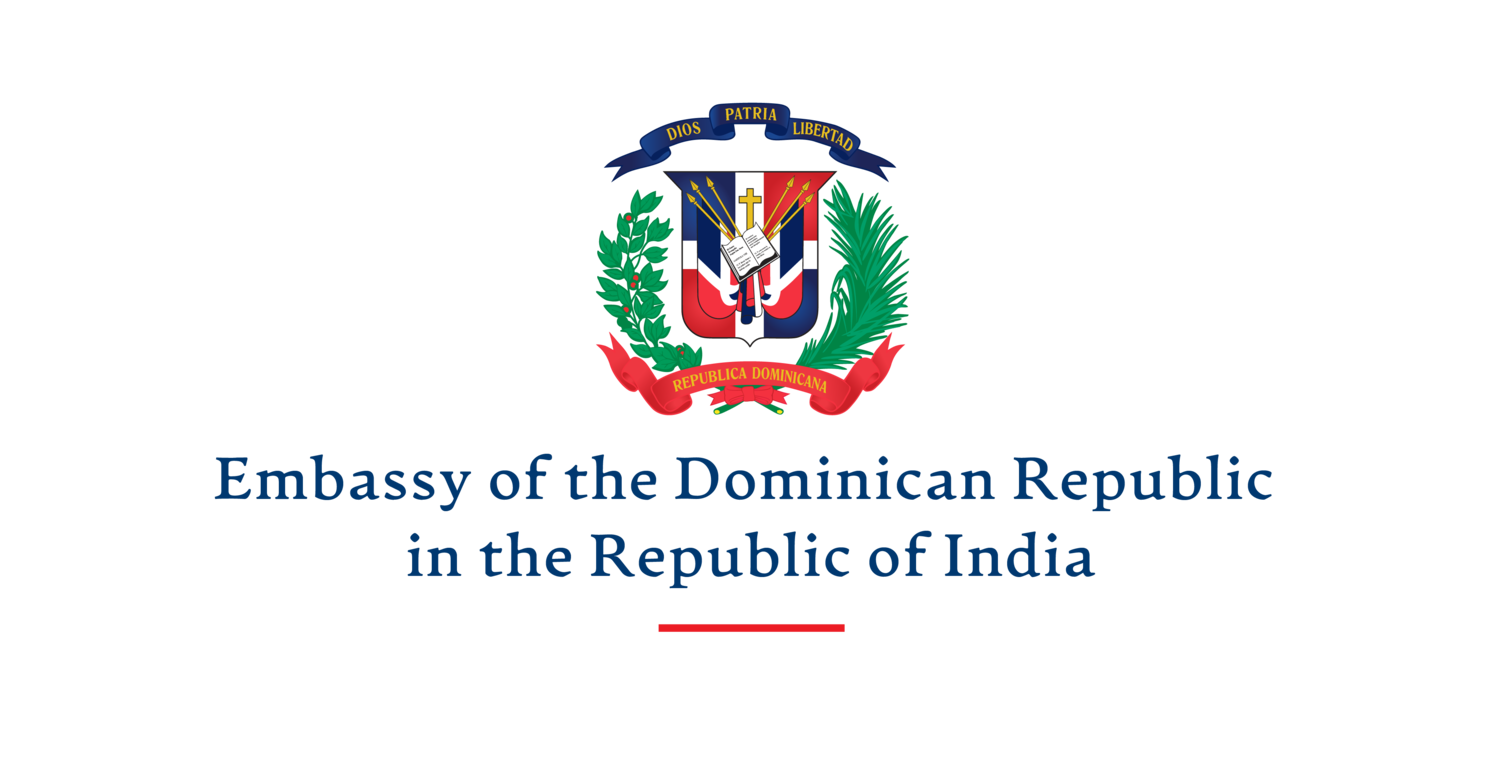Cayuco, from Driftwood to Art
Cayuco, literally a small native fishing dugout, is the sobriquet by which everyone recognizes the Dominican visual artist Genaro Antonio Reyes Mercedes. It’s a fitting name for a sculptor born in Miches, a fishermen town located in the northeast coast of our country belonging to the El Seibo province, endowed with an exceptional natural beauty and infamous for the unauthorized immigration to Puerto Rico by crossing the Mona Passage, a 60 mile stretch of ocean.
Cayuco’s contact with the craft of sculpting starts in his early childhood, while observing the fishermen from his town build their skiffs, boats, and other types of watercraft characteristic of their region. At the age of 16 he meets a local master craftsman, Cristino de la Cruz Linares (a.k.a. Chincito), from whom he directly learns the local tradition of canoe carving.
Although Cayuco’s art has touched upon literature, theatre, performance, and drawings, craftwork has been the guiding thread of his production. His has held many collective and individual exhibitions in the Dominican Republic, including: “La Casa de Cayuco,” Centro Cultural de España, 1999; “Memorias de un Náufrago,” Galería El Espacio, 2000; “Arqueología Contemporánea,” Museo del Hombre Dominicano, 2001; “Hallazgos” Alianza Francesa, 2002; “De Miches a Punta Cana,” Punta Cana Art Gallery, 2007; “Cayuco and His students,” Alianza Francesa 2010; “La Flor del Cayuco,” galería principal de Altos de Chavón 2011. His work has also been showed at the National Biennials of Visual Arts of 1992, 1994, 1999, 2001, 2004, 2009, 2010, 2011, and 2013. His international exhibitions have taken place in countries such as Mexico, Puerto Rico, Martinique, Guadeloupe, Curaçao, Cuba, France, Spain, Germany, and Canada.
In 1996 he was awarded the first prize in the category of sculpture, at the National Biennale of Visual Arts with the piece “El Motoconcho”, (The motorcycle taxi). In 1998, he received the Premio Adquisitivo Bienal Nacional with his work “La Cuabera”, a wooden altar piece. Two years later, he won the Eduardo León Jimenez art prize for his work “Los Indocumentados” (The undocumented), a metal skiff. More recently, in 2021, he received a recognition from the Senate of the Dominican Republic for his life’s work.
Bernardo Vega, a Dominican historian, wrote that “Cayuco is a rural philosopher. With the exception that, instead of expressing himself with words, he does it through his craftsmanship. Contrary to other artisans, his sculptures are easily identifiable, for the themes they cover reflect the day-to-day life of his people”. For the art critic Marianne Tolentino “There is a ‘Cayuco style’, completely foreign to all preconceived ideas from known schools. From this point of view, I consider his work contemporary, one that creates a different reality, independent, and furthermore demystifying. If his woodwork belongs to a Dominican lineage, from a sculptural stance, it is because this criollo Cayuco clings to his roots, not because of a voluntary adhesion to the canons of a certain way to carve”.
We invite you to discover Caryuco’s work with this selection of images.





















